The Center for Economic Research and Reforms (CERR) prepared an infographic presenting key indicators of Uzbekistan–U.S. trade, economic, and investment cooperation for 2024 and the first 9 months of the current year.
History of Visits
President of the Republic of Uzbekistan Shavkat Mirziyoyev has visited the United States several times to expand bilateral Uzbek–American cooperation and participate in UN events. His first official visit to the U.S. took place on May 15–17, 2018, at the invitation of President Donald Trump. During the visit, talks were held at the White House, Congress, and the Pentagon, and a series of agreements were signed, marking a new stage in the development of Uzbek–American relations. In subsequent years, the dialogue between the two countries continued through bilateral meetings and regional initiatives, including the C5+1 platform.
From September 20 to 24, 2025, President Mirziyoyev paid a historic visit to New York to attend the 80th anniversary session of the UN General Assembly. The central event of the visit was his meeting with U.S. President Donald Trump. The two leaders agreed to further strengthen strategic partnership and expand practical cooperation between Uzbekistan and the United States. While in the U.S., the President of Uzbekistan also held a roundtable with American business leaders and held meetings with the heads of major multinational corporations, investment funds, and financial institutions. He also took part in a ceremony marking the exchange of signed trade and investment agreements, including in the fields of critical minerals, civil aviation, the chemical industry, energy, and other priority sectors.
Trade and Economic Relations
Between 2017 and 2024, trade turnover between Uzbekistan and the United States increased 4.1 times from $215 million to $881.7 million. Exports grew 9.9 times from $32.1 million to $317.4 million, while imports rose 3.1 times from $182.9 million to $564.3 million. The U.S. share in Uzbekistan’s foreign trade also increased: from 0.8% to 1.3% in total trade, from 0.3% to 1.2% in exports, and from 1.3% to 1.4% in imports.
In the first nine months of 2025, trade turnover between the two countries amounted to $719.1 million (+5.6%).
Trade Structure
Uzbekistan’s exports to the United States are dominated by services (50.6%) – including programming, financial, information, and transport services – as well as petroleum products (36.9%) such as gas oils, kerosene, and petroleum jelly. Industrial goods account for 4.1% (aluminum rods and profiles, textiles, copper products), machinery and equipment for 3.7%, food products for 2.2% (dried fruits, spices), non-food raw materials for 1.8% (precious metal scrap), miscellaneous manufactured goods for 0.5%, and both chemicals and beverages/tobacco for 0.1%.
Imports from the U.S. are led by machinery and equipment (57.5%) – including aircraft, vehicles and parts, computing systems, engines, pumps, and industrial machinery – followed by services (22.2%) such as financial, licensing, leasing, and transport. Other categories include chemicals (6%) – pharmaceuticals, binders, cosmetics; miscellaneous finished goods (5.1%) – instruments and paper products; industrial goods (4.3%) – plastics and electrical items; food products (2.6%) –poultry meat and by-products; non-food raw materials (1.5%) – cellulose; and beverages and tobacco (0.7%).
Investment Cooperation
As of October 1, 2025, Uzbekistan hosts 339 enterprises with U.S. capital, representing about 2% of all foreign-invested enterprises, including 89 joint ventures and 250 fully foreign-owned companies. The volume of U.S. direct investments and loans has increased 63 times over the past eight years from $8.6 million in 2017 to $545.9 million in 2024. In total, between 2017 and 2024, the cumulative inflow of U.S. investments and loans into Uzbekistan’s economy exceeded $2.6 billion.
U.S. investments were directed primarily to the mining sector (natural gas extraction), manufacturing (metallurgy, automotive production, beverages, and textiles), construction, services (real estate operations, education), and agriculture.
Legal Framework and Agreements
Uzbekistan and the United States maintain a Most-Favored-Nation regime in trade. In September 2024, the Ministry of Mining and Geology of Uzbekistan and the United States signed a Memorandum of Understanding on Critical Minerals aimed at enhancing cooperation in geological exploration, extraction, and developing value-added production chains. That same month, the two sides also signed an Agreement on Customs Cooperation and Mutual Assistance, providing for information exchange and joint measures to combat drug trafficking, money laundering, tax evasion, human trafficking, and transnational organized crime.
To create favorable conditions for expanding bilateral relations in trade, economy, and tourism, a Presidential Decree dated November 3, 2025, introduced a visa-free regime for U.S. citizens traveling to Uzbekistan starting January 1, 2026.
Multilateral Cooperation: The C5+1 Format
Since 2015, the C5+1 platform has served as a mechanism for cooperation between the foreign ministers of Central Asian countries and the U.S. Secretary of State. In September 2023, New York hosted the first-ever C5+1 Summit at the level of heads of state. In September 2024, a meeting of Central Asian foreign ministers and the U.S. Secretary of State launched the C5+1 Critical Minerals Dialogue and held the first B5+1 Business Forum to promote U.S.–Central Asia business partnerships.
Outlook for the Upcoming Summit
At the forthcoming C5+1 Summit of heads of state in Washington, new directions for economic, investment, and technological cooperation are expected to be outlined. The agenda will include expanding Central Asia’s participation in global supply chains, deepening collaboration in energy, transport, and the green economy, as well as advancing joint initiatives in innovation, education, and security to strengthen sustainable development and regional stability.
CERR Public relations sector



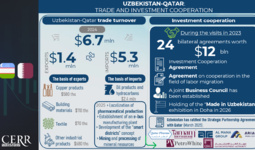
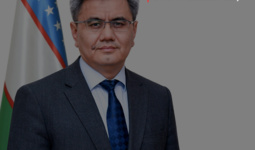

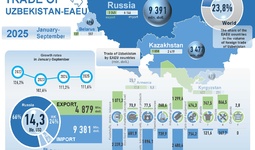
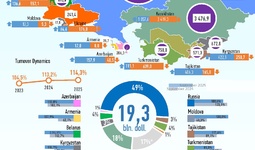
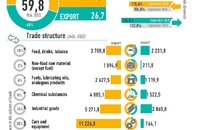
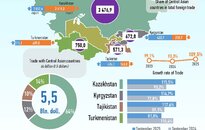
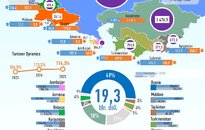
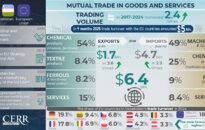
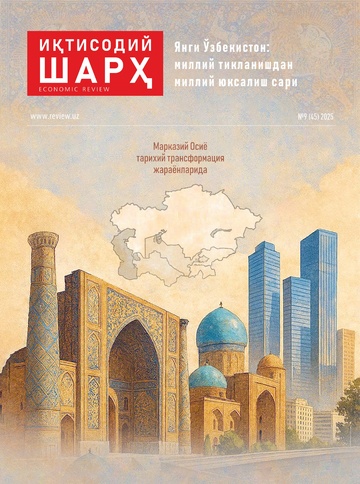




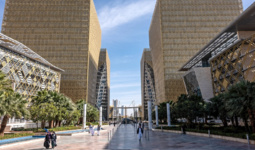
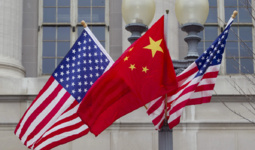


leave a comment